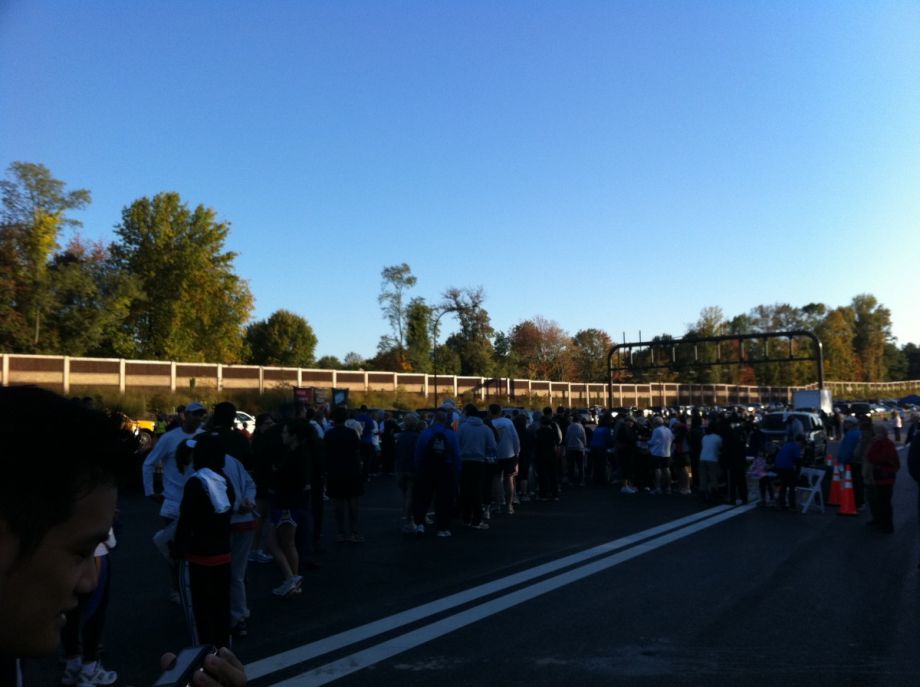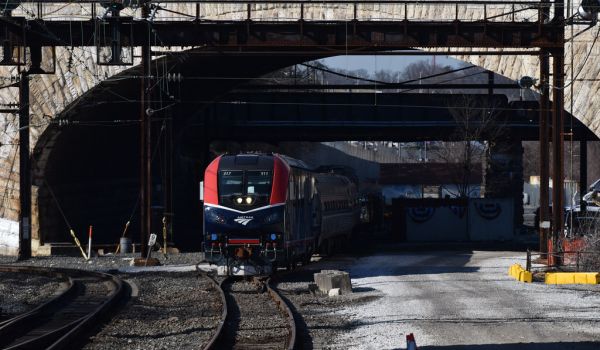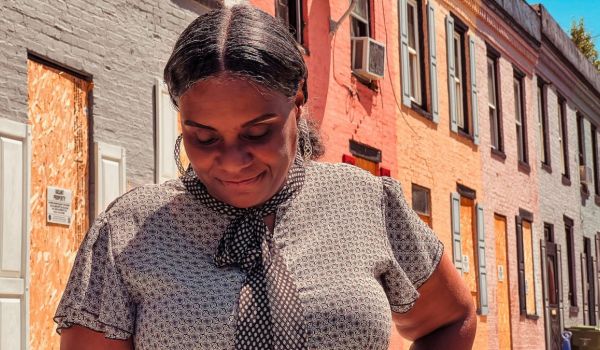More than 500 people gathered on a crisp Sunday morning recently for a five-kilometer road race to inaugurate Maryland’s controversial new Intercounty Connector, better known as the ICC. While the race was little more than a campaign ploy for governor Martin O’Malley ahead of the November 2 elections, the nearly completed road represents one answer to the tough question of what to do with limited transportation dollars.
Former governor Robert Ehrlich focused his efforts on building the $2.56 billion ICC when he came into office in 2003. The 18.8-mile toll road connects I-95 in the east to I-270 in the west outside the Washington DC region’s notoriously congested beltway. In pushing the highway, he was forced to delay the proposed 16-mile Purple Line light rail in Maryland’s inner suburbs. In explaining his decision, Ehrlich called the ICC a necessary regional transportation link and said it was needed to address growing congestion in the outer suburbs. Transit advocates were incensed.
Groups ranging from the Coalition for Smarter Growth to The Audubon Society pushed to stop the road. They argued that it would not relieve the region’s traffic woes and would cause irreparable environmental damage. After the federal government approved the project in 2006, environmental groups mounted a last ditch effort to stop road by filing a lawsuit against the feds for approving what they called a faulty environmental study. A judge ruled in favour of the ICC in 2007.
What few outside the Ehrlich camp acknowledged was that the road was very much needed. Opponents argued that the ICC would encourage car-oriented suburban sprawl but failed to note the significant population growth that had occurred along the highway’s proposed corridor during the five decades since it was first included in regional transportation plans. Homes had been built and people moved in with the expectation that the ICC would soon provide them with easy access to the region.
From 1977 to 2003, population along the Montgomery portion of the highway rose roughly 88% to more than 365,000 from around 194,000 according to county census statistics. By comparison, the county’s total population only grew 58% to 914,900.
In addition, the ICC is needed as an additional east-west corridor to the DC region’s mostly radial network of highways. The only other limited-access east-west road in the Maryland suburbs is the beltway.
Of course the Purple Line is also needed. The estimated $1.68 billion light rail line would connect the inner suburbs of Bethesda, Silver Spring and New Carrollton, serving their already dense neighborhoods and carrying an estimated 68,000 passengers per day, according to the latest project studies. Existing transit services run mostly into and out of DC, not between suburbs. But when Ehrlich took office only one of the two projects could move forward with the available funding at the time and he, like all elected officials, had to make the tough decision on how best to use a scarce resource – for which there is not easy answer.
Now O’Malley, who is running against Ehrlich for re-election, is moving forward with the Purple Line. If he is re-elected, construction could begin as early as 2013. While many transit advocates would have preferred that the Sunday race celebrated a new light rail line, the former governor’s decision to build the ICC was a necessary one. Additional transit capacity in the DC region is sorely needed but, with most commuters still solo drivers, so are additional roads. The ICCs opening represents progress for Maryland – and region – just as much as the Purple Line would.
As the crowd milled about waiting for the race to start, no one seemed concerned about the controversy over the highway. Most were focused on how the ICC would impact their commute or complained about it being behind schedule. No one mentioned the Purple Line.



_600_350_80_s_c1.jpg)












